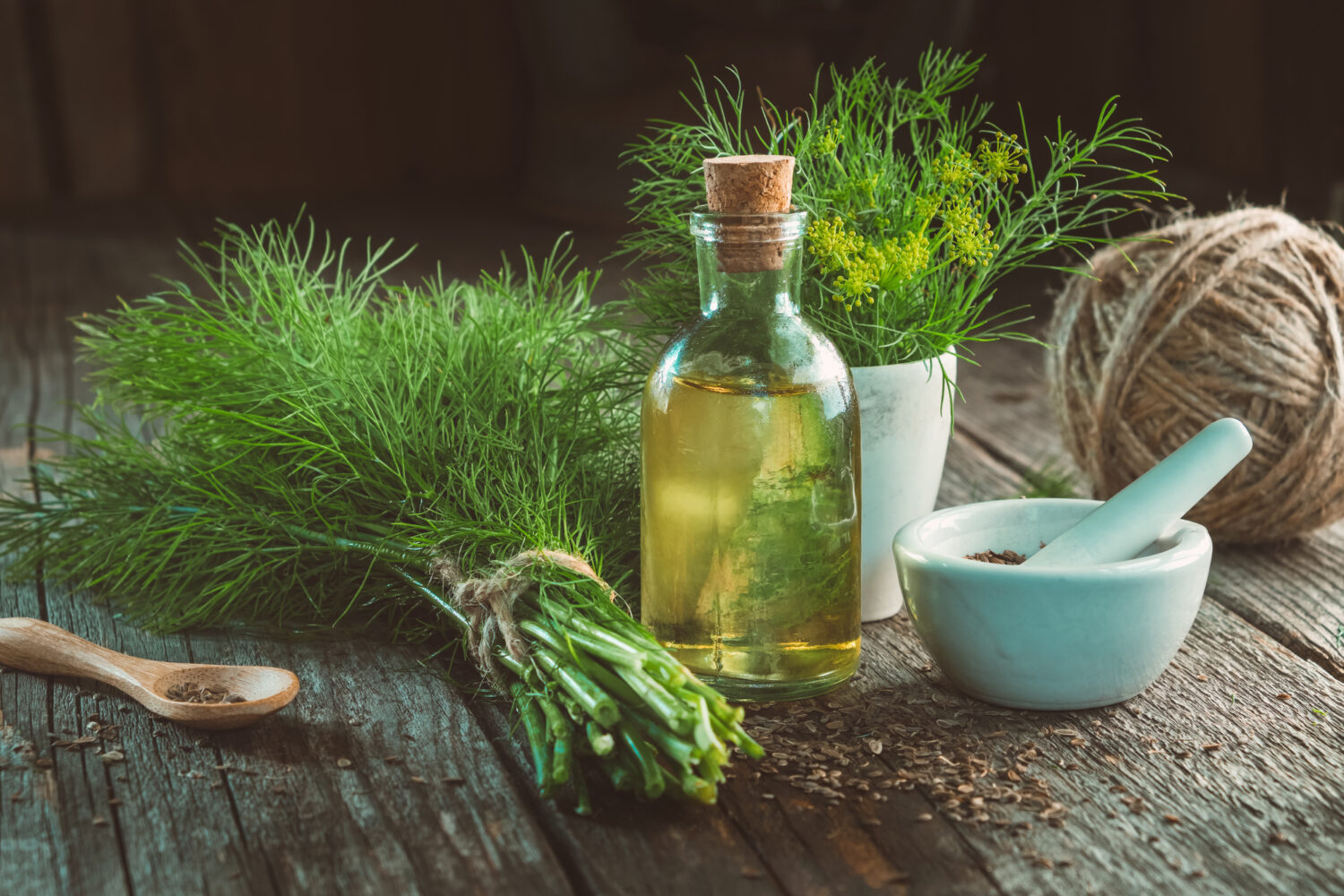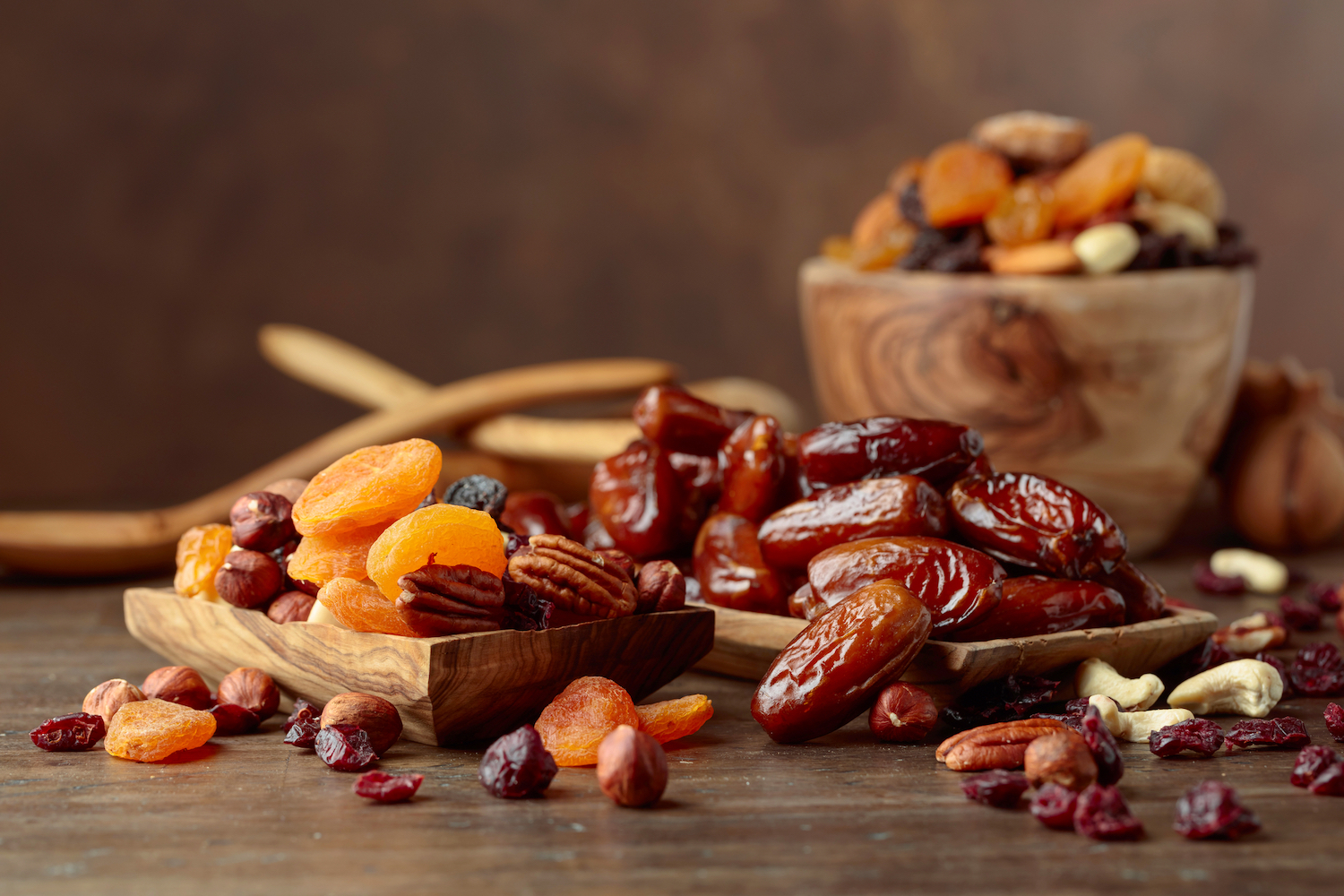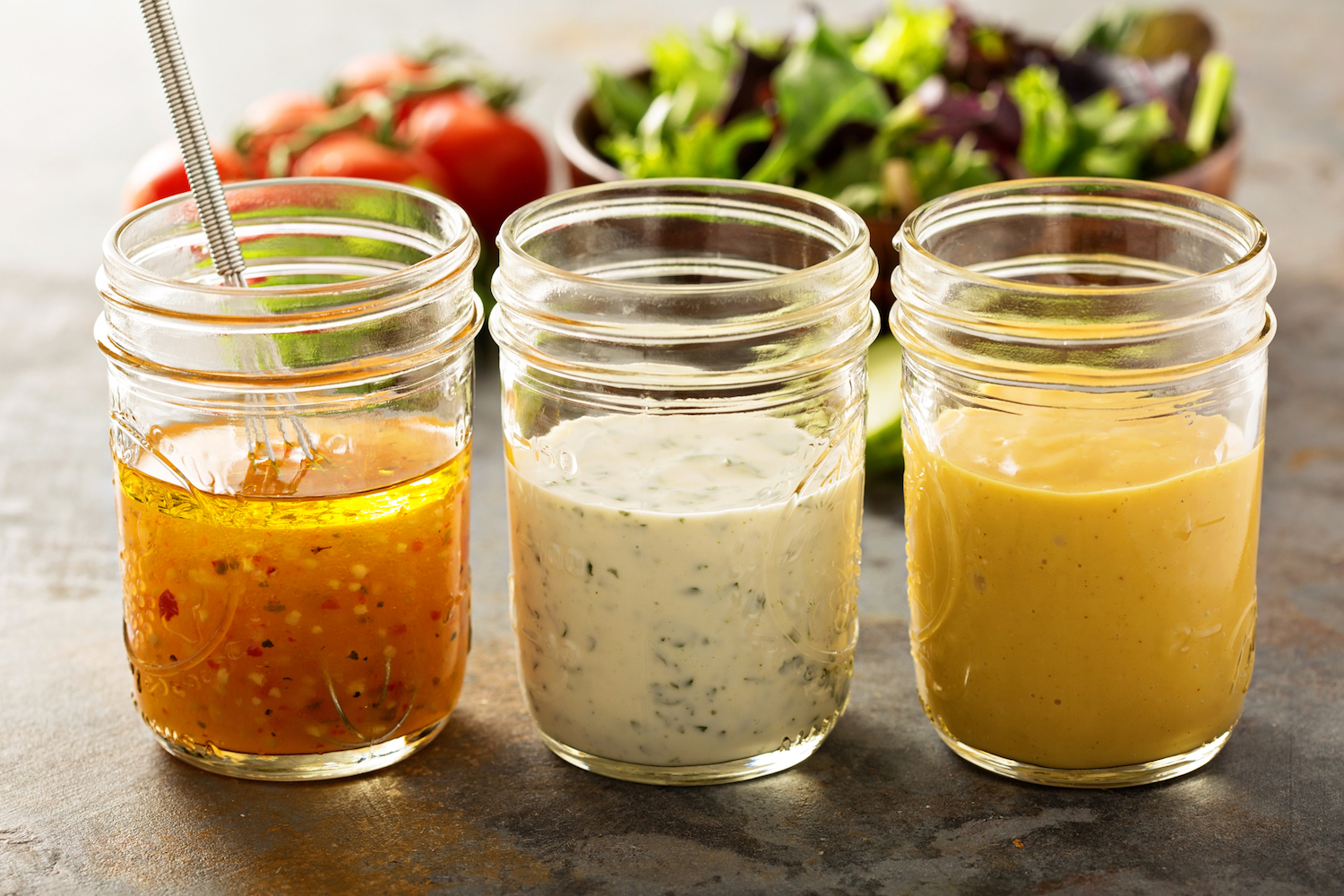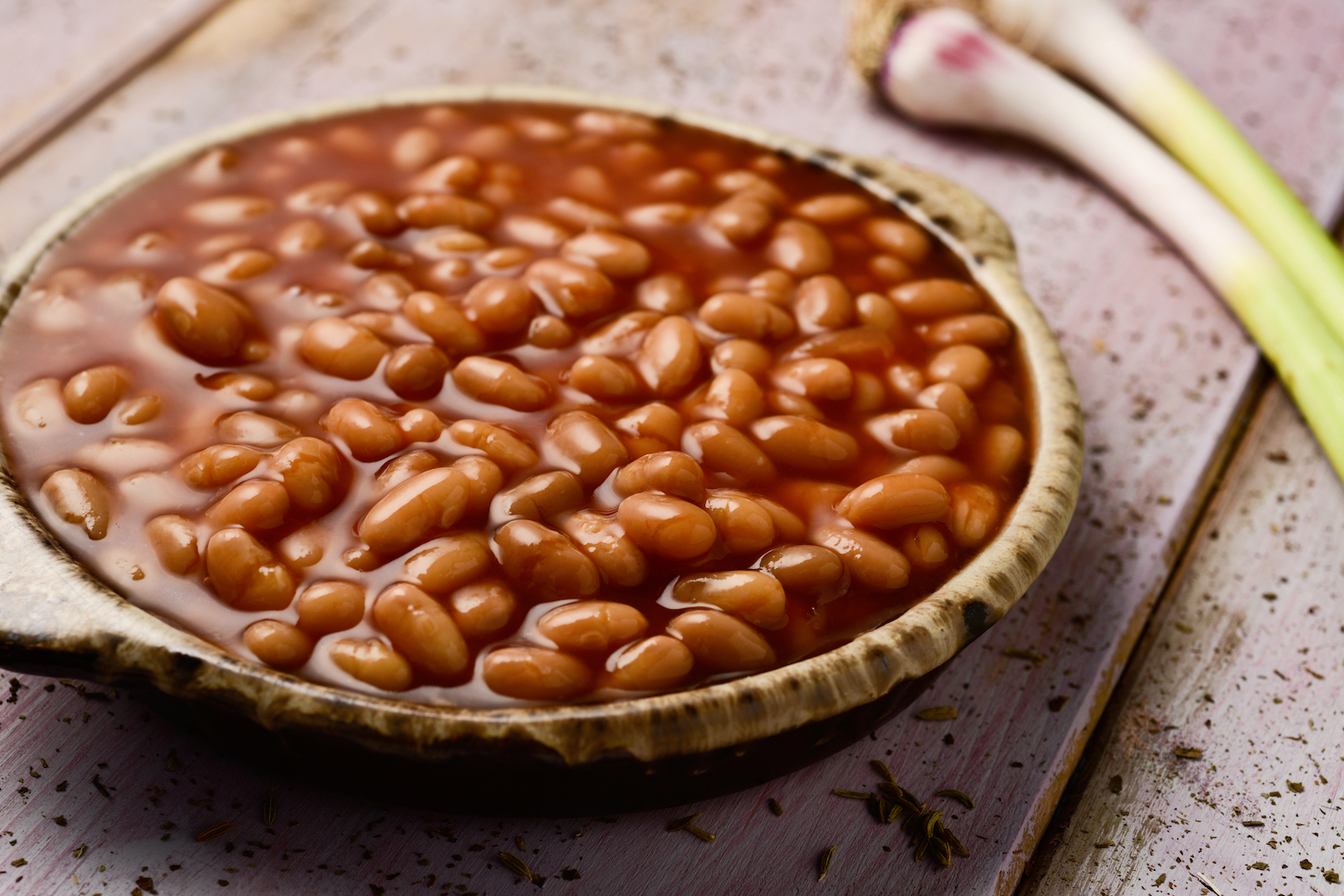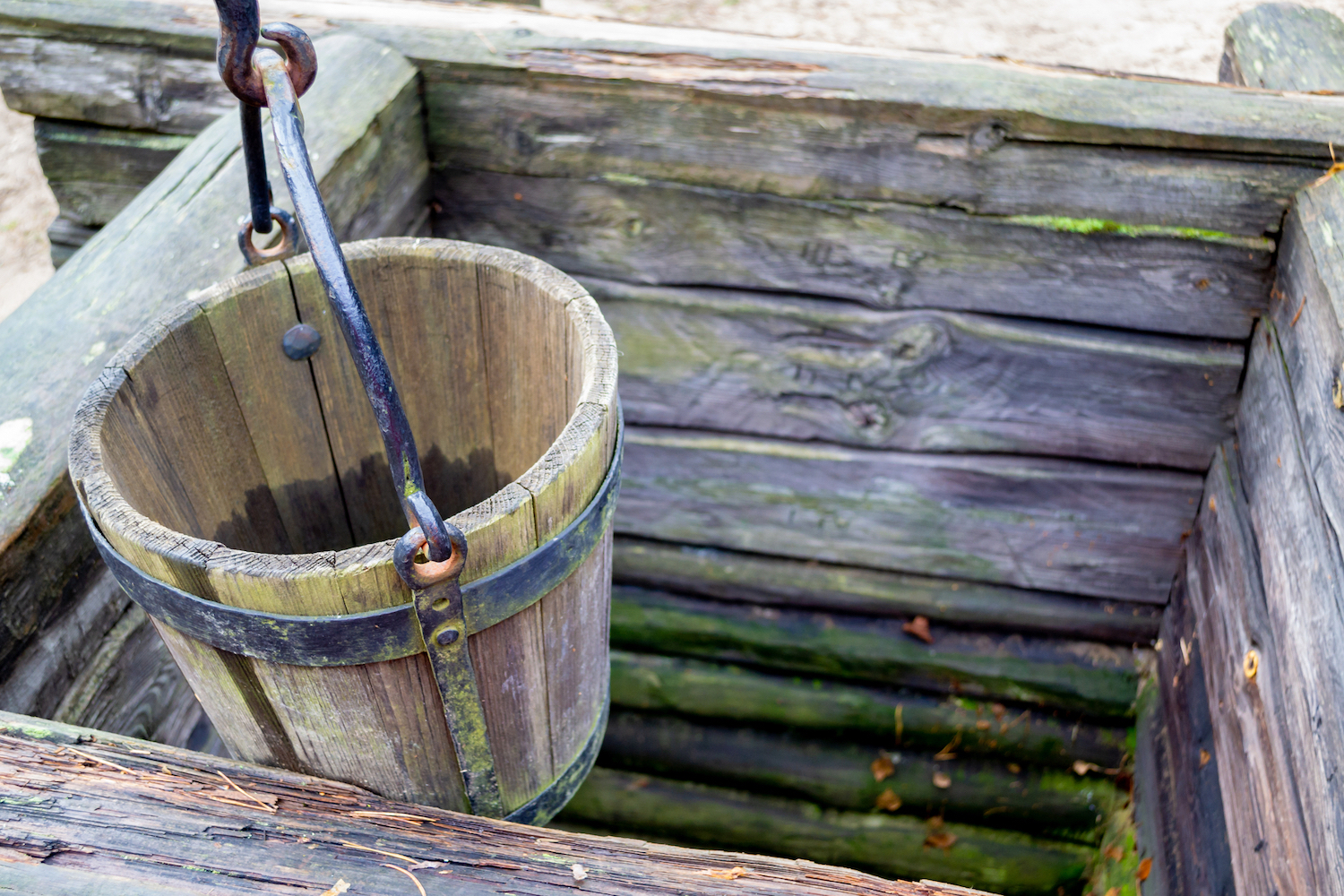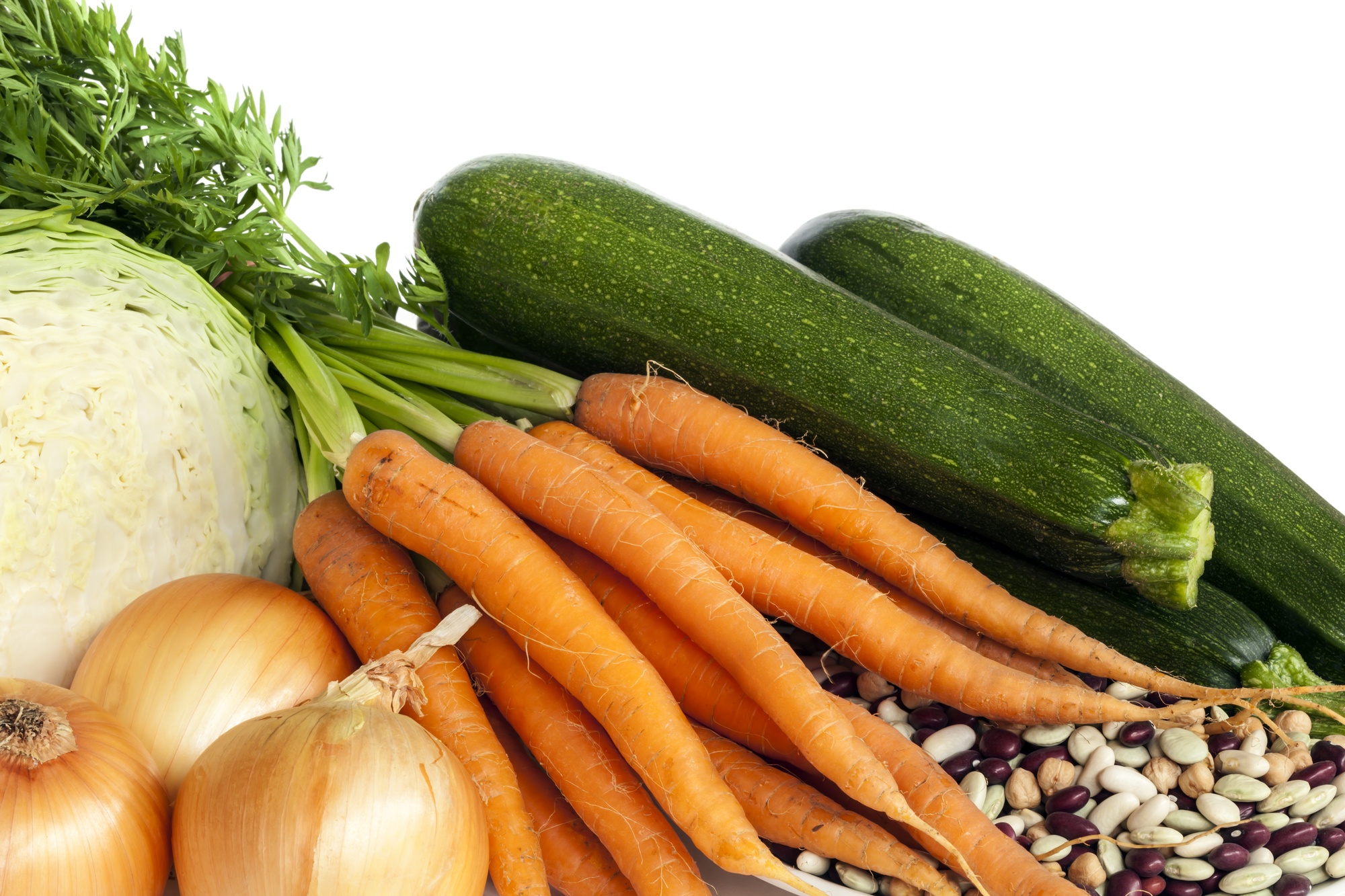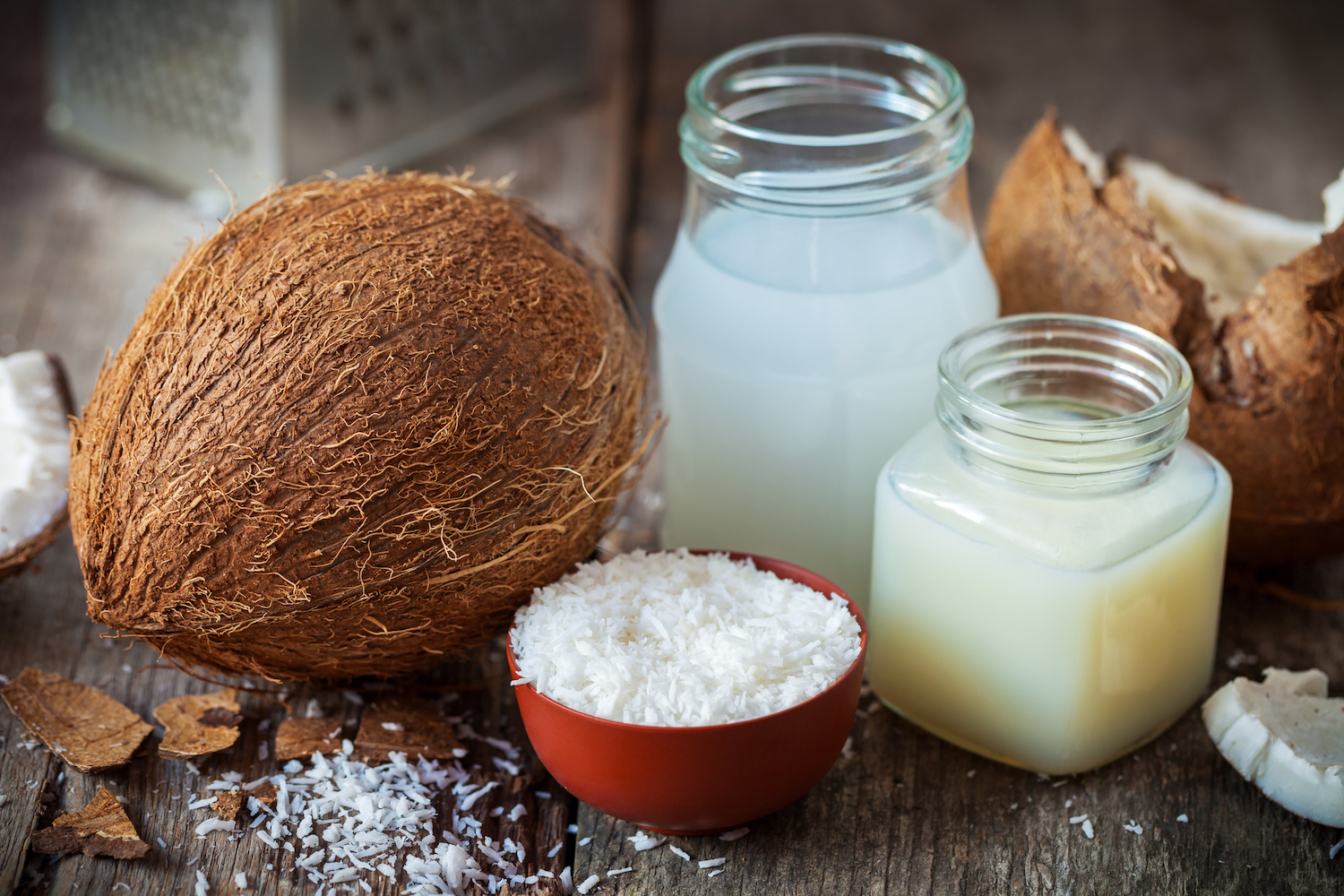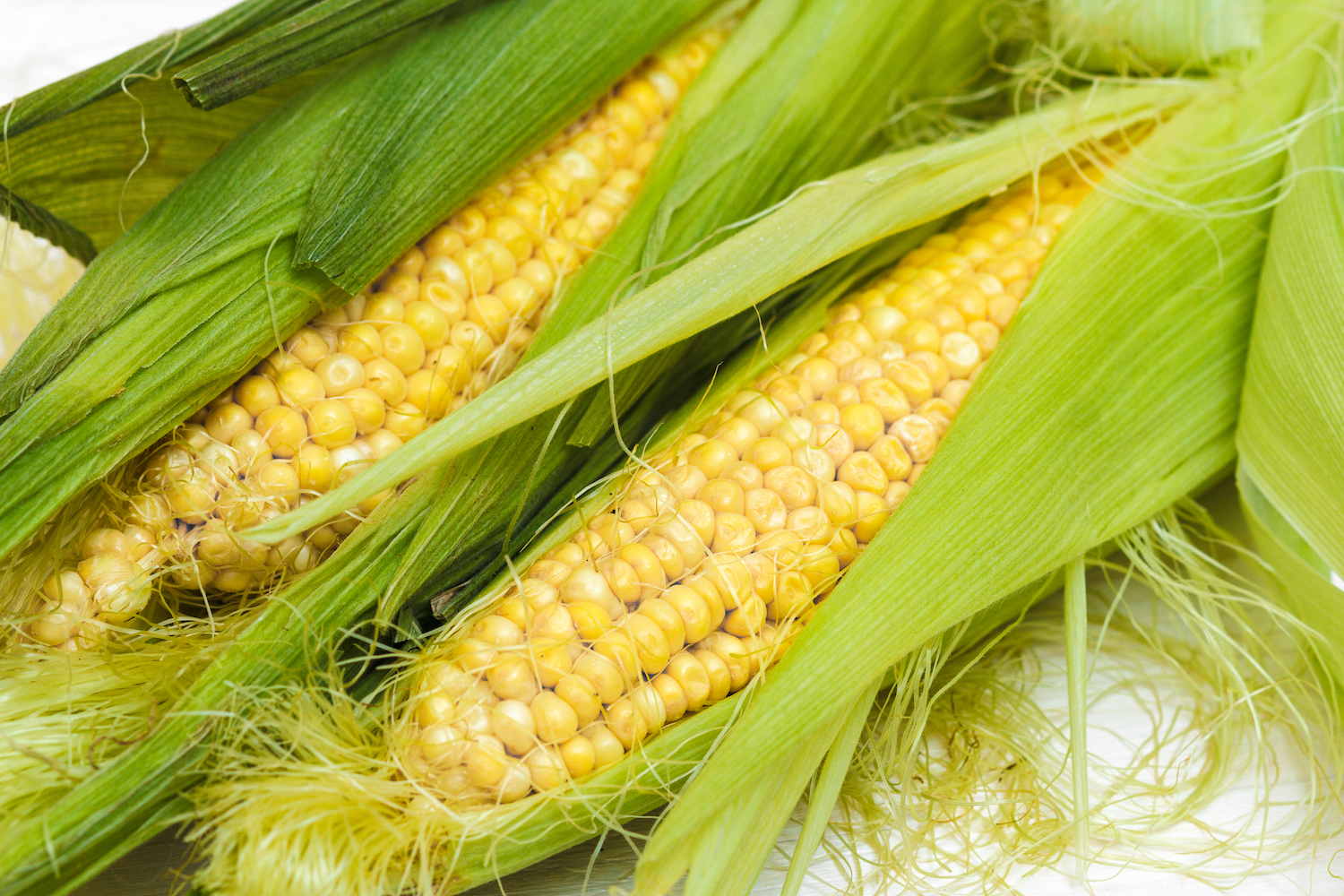How to Make Essences to Flavor Food
Herb, spice, and flower essences sold in stores are usually made by distilling. But the instructions below from 1800s cookbooks say to use alcohol to dissolve the plant oils and resins. Although not mentioned in these old cookbooks, you can also make essences with food grade liquid glycerine, although the process takes longer than using alcohol. INFORMATION BELOW FROM 1800s COOKBOOKS ON ESSENCES The essences or essential oils sold for general use are, or ought to be, obtained by distillation….
